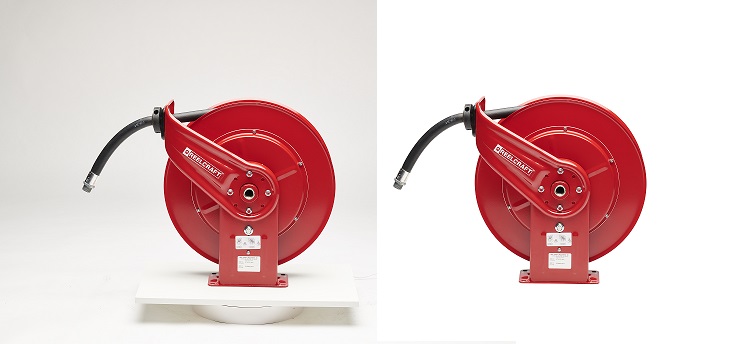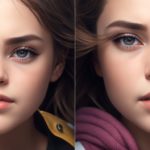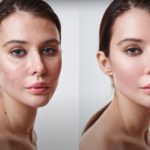Retouching professionals and editors use modern software tools to correct images, render special effects and give them desired look. How they do that requires years of experience working on these tools with a wide variety of raw photographs and images. Though the process seems to be quite simple, bringing out perfection is something only an experienced professional is able to achieve.
For example, selection tools help you select an area on the image to work on later. A good variety of selection tools exist, many of which are user-friendly, but are less precise. These include marquee, lasso, magic wand, quick selection, and color range. Professionals generally avoid these tools and rely more on the pen tool and masking technique.
Here is the catch. you need to be perfectly master to use these tools correctly and precisely. This is what sets the difference between amateur photo editing with apps and user-friendly software tool, and professional image retouching and recoloring by experienced retouchers.
Moreover, they use layers most often because working on layers gives more realistic results.
For example, you can increase the natural light from the sun using this technique. Create a new layer and set the blending mode to ‘color dodge’ with opacity ranging between 15% and 30%. Brighten the areas that you think should be brighter picking an appropriate brush and use a second layer in ‘overlay’ mode to increase light as well as saturation.
Decreasing color tints also involve use of a special layer known as ‘adjustment layer’. Main images are tinged with a dominant background color giving an unnatural look. The adjustment layer helps you find the darkest and brightest spots in the image. You need to use ‘color sampler tool’ and ‘eyedropper tool’ in conjunction with certain layer properties, such as the ‘difference’ blending mode, to decrease the color tint and give the image more natural look.
Mid-tone contrast helps increase details in landscape images. To achieve this, copy the background layer and use a smart filter known as ‘High Pass’ along with the blending mode ‘overlay’. The dialogue box contains sliders which you can move to increase contrast for mid-tones only.
Layers can also help you change color of the background, such as creating an amazing golden sunset view or colorful water drops, by changing color and setting an appropriate gradient level. Layers also help you distort certain part of an image to achieve a desirable look, such as creating smiles.
Working on layers or selecting an area on an image with the pen tool are just small examples of creating high-grade photo retouching effects. Professional retouching companies, such as PicsRetouch, have long experiences as well as all required software tools to help clients give what they need to boost their sale and business.







